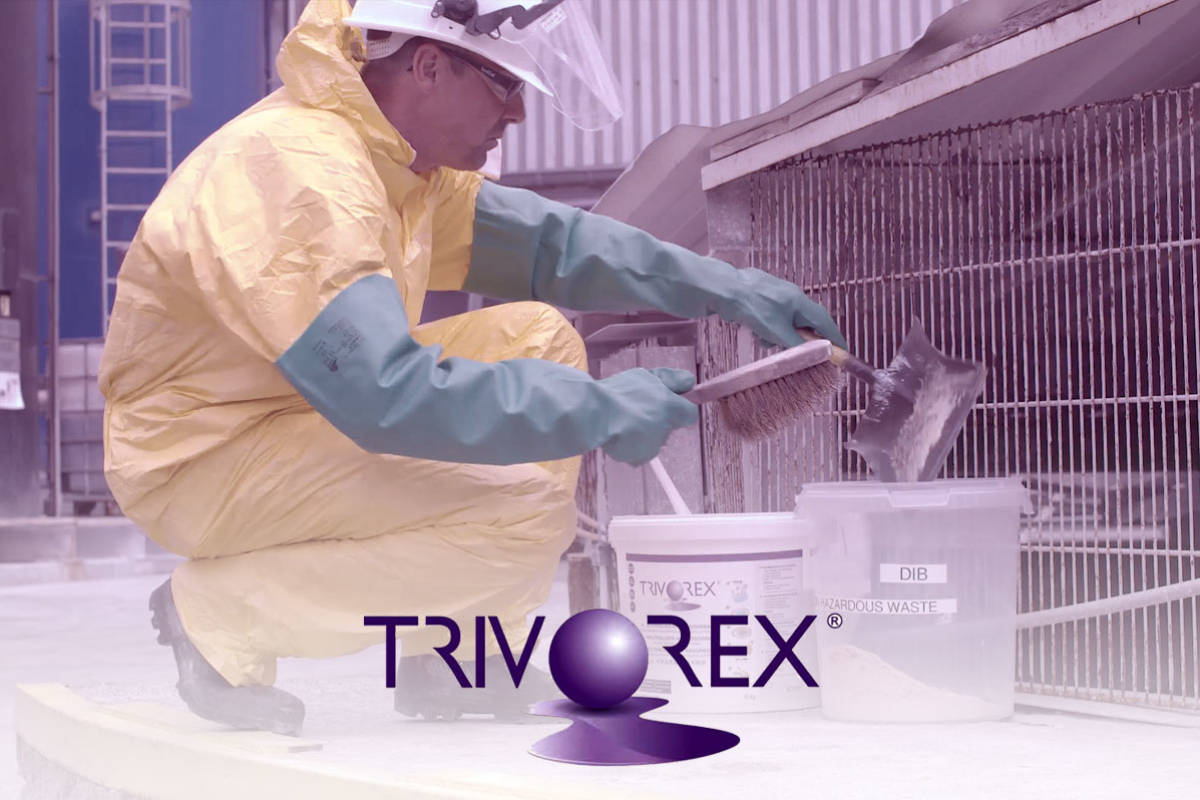Beginning: Hydrofluoric acid is a highly corrosive inorganic acid meant to be handled with extra care and caution. The acid has the fastest ability to permeate and penetrate human skin and easily decalcifies bones (reduces the quantity of calcium salts in a bone or rock), leading to tissue death. Despite all these dangerous factors, hydrofluoric acid is still vital as it is adapted for several uses and purposes in moderate quantities. Let us learn more about the acid and its applications.
Chemical Properties of Hydrofluoric Acid.
- Formula: HF
- Melting Point: -83.55 °C
- Boiling Point: 19.5 °C
- Appearance: Colourless, Aqueous
- Acidity (pKa): 3.17
- pH Level: 3.4
What Are the Main Uses and Applications of Hydrofluoric Acid?
- It is used in the manufacture of several products, including herbicides, pharmaceuticals, high-octane gasoline, aluminum, plastics, electrical components, and fluorescent light bulbs.
- It is the predominant component (60%) that is added in the manufacture of refrigerants.
- It is regular acid adapted in the metal and glass etching industries. The acid can change the silicon-oxygen bonds in glass. This makes the glass material break up easily. Metals can be dissolved in the acid, with the exception of nickel.
- It is essential in the manufacture of fluorocarbons, which are chemical compounds added to refrigerants and aerosol sprays.
- The acid finds use in the preparation of electronic surfaces for silicon fabrication.
Is Hydrofluoric Acid Beneficial or Harmful to the Human Body?
Hydrofluoric acid is known as a poisonous, highly irritative, and corrosive chemical. There are several serious and fatal results due to poor handling or inhalation by humans. These may include, among others:
- Hydrofluoric acid can prove fatal when inhaled, swallowed, or comes into contact with human and live skin tissue. It may cause severe skin burns and permanent eye damage.
- When it comes into contact with humans, it can cause severe pain, swelling, redness, or skin damage.
- Inhalation of hydrofluoric acid fumes may cause serious swellings in the upper passage, bleeding, and drying of the trachea.
- It is reported to cause dental fluorosis, or staining of teeth, though it is beneficial in dental cavity prevention and treatment at low levels.
- It has effects on skeletal fluorosis, or fluoride accumulation in skeletal tissues associated with bone formation.
- It may adversely impact kidney damage, thyroid injury, anaemia, hypersensitivity, and dermatological complications.
- Inhalation causes irritation and congestion of the nose, throat, and bronchial tract. It can lead to bronchitis, coughing, or shortness of breath.
- It may affect the reproductive system and lead to malformations of foetal bones and teeth.
- Inhalation causes degenerative testicular changes in male dogs.
- It may lead to an irregular menstrual cycle in women.
Conclusion: There are several chemicals that are beneficial for human use but are highly dangerous if handled poorly. With hydrofluoric acid, care in handling and storage are the safest ways to keep a valuable acid and chemical in the right place.
For More Info :-

